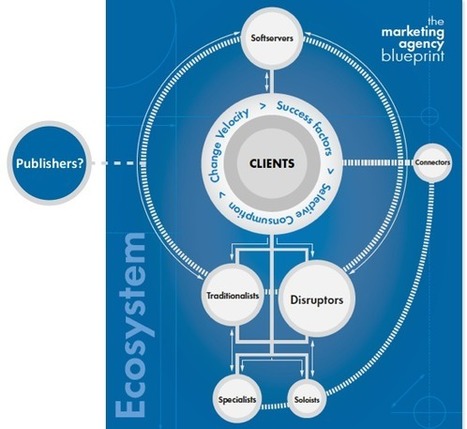"Half the money I spend on advertising is wasted. The problem is I'm not sure which half." ~ John Wanamaker, Philadelphia department store magnate
It would appear Wanamaker’s lament, repeated by many who came after him, will finally be a thing of the past. One of the grand promises of the Internet was to make advertising more efficient. To a large extent it has, but not like what’s to come for big brands. I learned that first hand last month when we didn’t meet a marketer’s unstated expectation that 100% of its display ads on Forbes.com would be in view for readers to see.
Until recently, that wasn’t a standard contractual obligation. Then, the marketer told us it had monitored in-view rates with new ad technology. The industry calls it 100% ad viewability, and compliance presents daunting challenges for every publisher.
For journalists asking why they should care, it’s simple: the news business is about to dramatically change — again.
That’s actually a good thing. Journalism must adapt – and it has — as digital publishing and social media continue to democratize the creation, distribution and marketing of content....



 Your new post is loading...
Your new post is loading...











aggiungi la tua intuizione ...